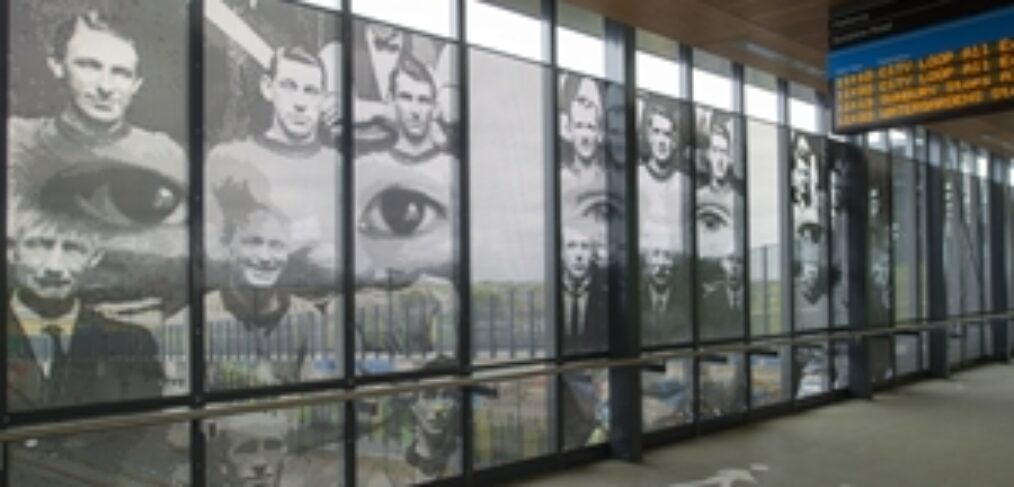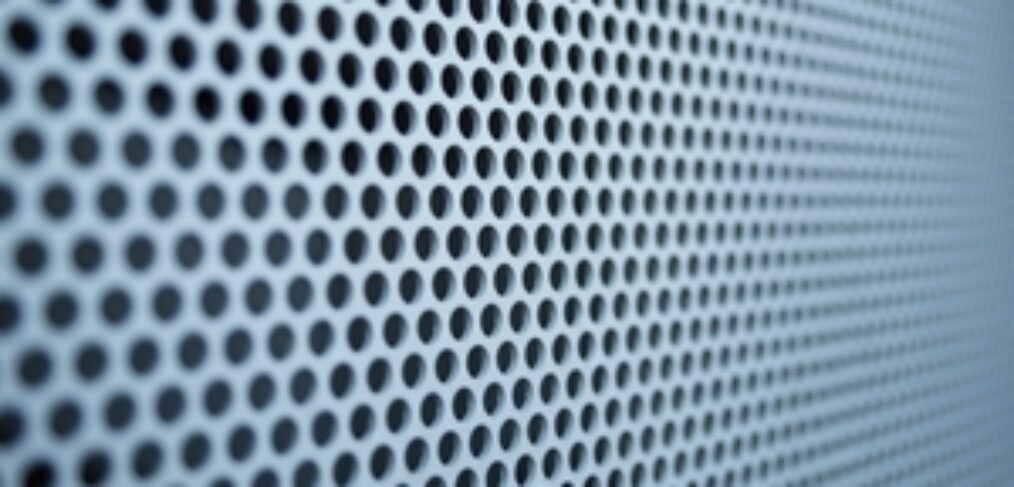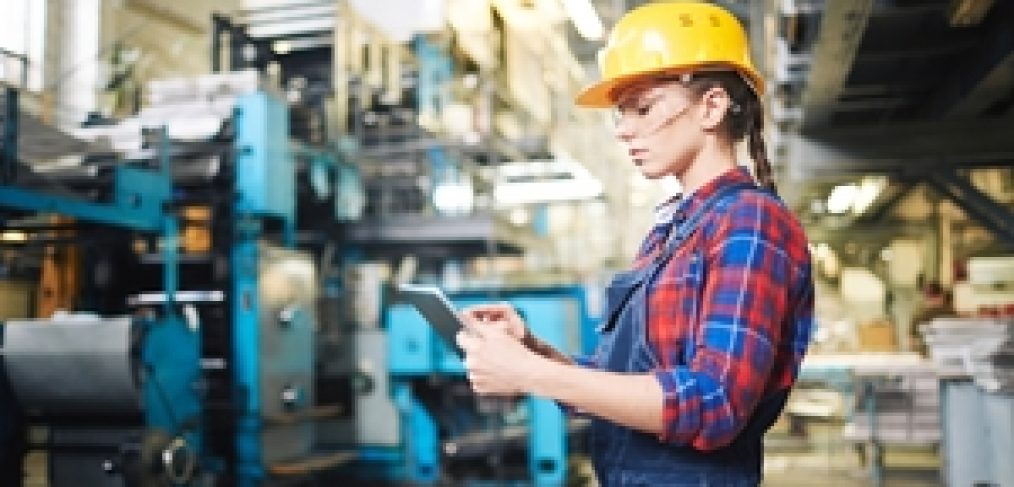Architectural projects offer an opportunity to blend aesthetic and functional elements, creating a visually dynamic new structure or addition to an existing one that also plays a practical role. By taking both design and usefulness into account, organisations can enjoy the best of both worlds.
Individuality is another consideration that's deeply connected to both aesthetics and practicality. With the right design elements involved, organisations can highlight everything from the concrete – their logo, word mark or a visual display of what the building is used for – to the abstract – unique imagery that entrenches the structure in the mind of those who see it. By incorporating these striking visual elements into a function portion of the structure, the organisations and people that occupy them enjoy a more holistic approach to modern architecture.
Our Pic Perf technology helps your project successfully address all of these considerations, blending form and function together into a striking final product with nearly limitless options for customisation. Let's look at exactly what Pic Perf is, then review the many ways in which you can utilise it to improve practical and aesthetic elements of your structure.
What is Pic Perf?
In direct, basic terms, Pic Perf is a perforated metal facade added to a new or existing structure. The key differentiation is the design and application of the perforations.
Perforated metal in general has a variety of benefits when used in architectural applications. These custom-sized perforated sheets can help protect buildings from excess exposure to sunlight and win, or serve as an internal sun screen fulfilling the same purpose, and the many issues that can arise from those concerns. They do all of this while adding a unique design element to a structure. Perforated metal has a number of other specific applications that we'll detail in the next section of this article.
Pic Perf stands out from other perforated metal applications by offering the opportunity to incorporate everything from a logo to an abstract design into the manufacturing process. By working in concert with purely functional perforations throughout the sheet or sheets used, it doesn't sacrifice any of the functional benefits of perforated metal sheets. And with the experienced, skilled staff of Locker working with you throughout the design process, you can be sure the imagery and functional perforations will harmoniously align into a visually striking final product.
This unique option can be used with many different types of metal and retain a natural finish or use anodised or powder coatings for additional customisation. Depending on scale, a Pic Perf installation can consist of a single panel or many, designed with the unique needs of an indoor or outdoor application in mind.
With a firmer grasp on the specifics that set Pic Perf apart from other perforated metal options available for construction projects, let's take a look at some key applications.
What are some of our favourite applications of Pic Perf?
Sun screens
We've briefly touched on one of the most common and effective uses of Pic Perf: sun screens and controlling the amount of light that hits a building. There are a number of reasons why this is important:
- Comfort in working and living environments: One of our previous looks at Pic Perf shared data from the Urban Green Council, which found nearly 60 per cent of windows in all-glass buildings were covered with shades. Controlled exposure to sunlight can be a benefit of a building, but excessive light can disrupt both work and home life.
- HVAC costs: The price of regulating a building's temperature, especially when it features many windows or is constructed entirely out of glass, adds a never-ending cost to operations. A sun screen can lower the price tag of this need without completely eliminating the flow of natural light, striking a happy balance.
- Protecting vehicles and many other assets: Car parks exposed to substantial direct sunlight can create uncomfortable and even dangerous conditions inside vehicles. Sun screens that regulate light exposure help maintain a more comfortable environment for employees, customers and guests as they leave a structure, offering a positive experience to the very end.
With Pic Perf, your organisation can deploy its preferred design or branding on a functional sun screen – whether inside or outside of the building – adding a valuable visual component to a functional and important component of a structure.
Dividers and walls
While Pic Perf's most visible applications are in the context of an exterior facade that can be seen by anyone who passes by, there are many more ways in which this useful and unique approach to perforated metal can be deployed. Dividers and walls are two examples. Pic Perf can serve as a floor-to-ceiling privacy screen in front of a glass partition or by itself, obscuring sensitive work that takes place behind it without totally blocking the flow of light into an area. It can also divide sections of an open floor plan area without stretching the entire vertical length of the room.
This can be an opportunity to add a unique visual to a practical component, making for a more interesting and engaging space while also improving privacy.
Fencing
Securing the perimeter of a building or screening a walkway doesn't have to be a purely utilitarian pursuit. Using Pic Perf as the fence itself or in addition to an existing containment structure can turn something that often isn't regarded as particularly eye-catching or appealing with a visually engaging appearance. This tactic can be used within a large campus or on the edges of property surrounded by public streets and walkways with equal effectiveness.
Balustrades
Similar to fencing applications, Pic Perf can add a new dimension to railings and the balusters that support them. Adding a Pic Perf screen to an existing or new balustrade can enhance its appearance and help protect the underlying functional structure. This is another example of how Pic Perf strikes a balance between important architectural and design concepts through the use of perforated metal.
Taking the next step toward your own Pic Perf installation
Locker has the industry expertise, knowledge and ability to help you make the most of your own custom Pic Perf project. We can assist you throughout the process, from diving into the details of the installation to select the best materials and perforation pattern to ensuring a high degree of quality throughout the production timeline.
Having a dependable partner is critical for high-value – and highly visible – projects like Pic Perfect facades and other installations of this versatile approach to perforated metal. To learn more about Locker and Pic Perf, get in touch with us today.





